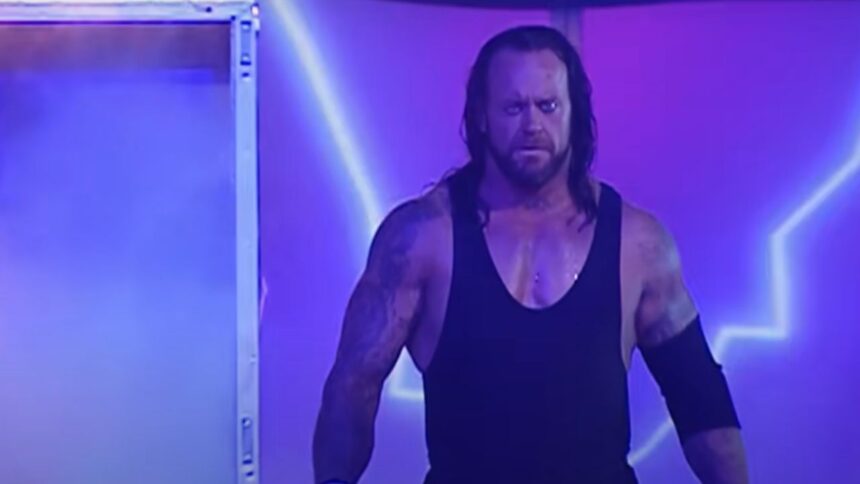The long-standing desire among wrestling fans for a showdown between two iconic figures, The Undertaker and Sting, remains a tantalizing yet unfulfilled fantasy. In a recent revelation on his podcast, Six Feet Under with Mark Calaway, The Undertaker provided insights into why this dream match never materialized.
The Undertaker, who retired from in-ring competition four years ago, and Sting, who recently concluded his legendary career in AEW, represented two pillars of the industry. Despite fervent fan anticipation, The Deadman shed light on the logistical challenges and creative decisions that prevented the clash from happening:
“It just didn’t work out. He had a short run in WWE and Vince [McMahon] didn’t want it. For whatever reason, I don’t know what it was. He didn’t feel it. Everybody else was clamoring for this match for quite a few years.”
While the prospect of witnessing these titans collide ignited imaginations, The Undertaker expressed doubts about the match living up to the lofty expectations harbored by fans:
“People always think about things in a certain sense. I think they thought in their mind of Undertaker, 2007 or 2008 versus Sting. It was later on than that. I can say I was way on the backside of what I was going to do when he got there.”
Despite their parallel careers, the stars failed to align for this epic encounter, leaving fans to ponder what could have been.
Stephen’s Value: The Undertaker’s candid remarks indeed offer a rare glimpse into the intricacies of creative decision-making and the complex dynamics within the wrestling industry. As one of the most iconic figures in professional wrestling history, The Undertaker’s insights into the inner workings of the business carry significant weight and provide valuable perspective for fans and industry insiders alike.
Throughout his storied career, The Undertaker has witnessed and experienced firsthand the evolution of wrestling storytelling, from the heights of its popularity to the challenges of adapting to changing audience tastes and preferences. His candid remarks shed light on the creative process behind some of wrestling’s most memorable moments and storylines, as well as the collaborative efforts required to bring those visions to life in the ring.
Moreover, The Undertaker’s comments offer valuable insights into the interpersonal relationships and power dynamics that exist within the wrestling industry. His experiences navigating these complexities provide valuable lessons for aspiring wrestlers and industry professionals on the importance of communication, collaboration, and mutual respect in achieving success in the highly competitive world of professional wrestling.
Overall, The Undertaker’s candid remarks serve as a reminder of the depth and complexity of the wrestling industry, as well as the dedication and passion that drives its participants. His insights offer a rare behind-the-scenes look at the creative process and the challenges and triumphs that come with it, enriching our understanding of the artistry and storytelling prowess that have made professional wrestling a cultural phenomenon.




